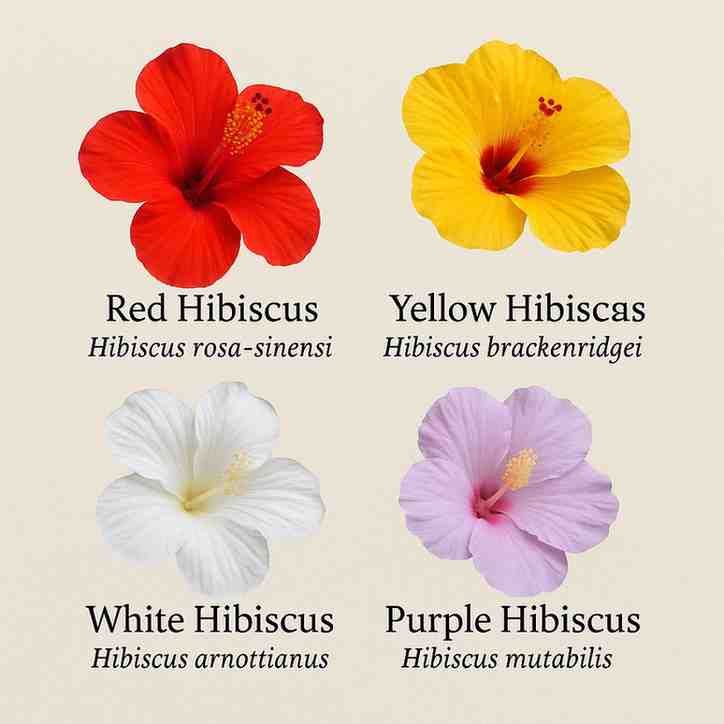What is the scientific name for an apple tree? The apple tree scientific name is Malus (Genus).
An apple tree, or Malus domestica, is internationally recognized as one of the most popular and widely cultivated of all fruit trees. Its growth in gardens, orchards, and fields in more temperate regions is a testament to the tree’s great importance not only for its edible fruit but also for its cultural, medicinal, and ecological value.
This article intends to present a scholarly discussion on the Latin name of the apple tree, its pronunciation, origin, botanical classification, varieties, uses, and health benefits. A complete guide for learners, gardeners, and general enthusiasts.
Table of Contents
What Is the Apple Tree Scientific Name?
The botanical name of the Common apple tree is Malus domestica.
The name is from Latin:
- Malus: It means the apple tree genus
- domestica: that is, domesticated or cultivated fruit tree
The common names include:
- Apple Tree
- Malus
- Seb ka ped (Urdu/Hindi)
- Manzarakht (Persian)
An apple tree is a fruit tree cultivated and selected globally, belonging to the family Rosaceae, an important group for edible, fleshy fruit. Apples are among the most popular fruits grown worldwide, appreciated for their taste, nutrition, and cultural significance.
Botanical Classification of the Apple Tree
Below is a table showing the scientific classification of Malus domesticus.
| Rank | Classification |
|---|---|
| Kingdom | Plantae |
| Clade | Angiosperms |
| Clade | Eudicots |
| Clade | Rosids |
| Order | Rosales |
| Family | Rosaceae |
| Genus | Malus |
| Species | domestica |
This classification thus concerns itself with the apple tree’s positioning vis-a-vis other fruit plants such as the pear, the peach, and the cherry, which, like the apple, are all part of the Rosaceae family.
Pronunciation and Meaning of Malus domestica
- Pronunciation: MAY-ləs də-MES-ti-kə
- English Pronunciation: MAY-lus doh-MES-ti-kuh
Greek Meaning of Apple:
- Malus: Latin for apple tree genus
- domestica: domestic or cultivated in nature in agriculture
This name emphasizes its human way of life for farming, which goes back several thousand years.
Apple Tree Leaves: Features and Benefits
Leaf Structure and Appearance
- Shape: Ovate with serrated edges
- Color: Light green in spring, darker in summer
- Texture: Slightly hairy underside
- Length: 4-10 cm
- Seasonal Change: Leaves turn yellow or reddish in autumn before falling
Benefits of Apple Tree Leaves
- Contain phytochemicals and antioxidants
- Used in some cultures for herbal tea
- Has anti-inflammatory and antimicrobial properties
- Used traditionally for skin rashes and wounds
In some traditional medicines, apple leaves are dried, and teas made from them help with fever and inflammation.
Fruit of the Apple Tree
Apples are one of the most coveted and widely consumed types of fruit worldwide, not just for their taste, but for their nutritional properties and the fact that they can be used in numerous culinary settings.

Nutritional Benefits of Apple Fruit
| Nutrient | Amount (per medium apple) |
|---|---|
| Calories | ~95 |
| Fiber | 4g |
| Vitamin C | 14% of Daily Value |
| Potassium | 195 mg |
| Antioxidants | Quercetin, Catechin |
Apple fruit uses:
- Eat raw
- Used in juices, ciders, jams, and vinegars.
- Popular in desserts like apple pie
- Used in medicine for digestion and immunity.
Varieties and Types of Apple Trees
There are 7,500+ varieties of apples worldwide. Here’s a quick overview of the common varieties:
| Type | Description | Taste |
|---|---|---|
| Red Delicious | Bright red, crisp, mildly sweet | Sweet |
| Granny Smith | Green, tart, firm | Sour |
| Fuji | Juicy, very sweet | Sweet |
| Gala | Yellow-red, thin skin | Sweet-tart |
| Honeycrisp | Crisp, sweet with slight tang | Balanced |
Apple trees can be:
- Standard (15–25 feet tall)
- Semi-dwarf (10–15 feet)
- Dwarf (6–10 feet), best for home gardens
Lifespan, Size, and Growth of Apple Trees
Average Size and Growth Rate
| Feature | Value |
|---|---|
| Height | 10–25 feet (varies by type) |
| Width/Spread | 10–15 feet |
| Annual Growth | 10–24 inches |
| Time to Fruit | 2–5 years after planting |
Lifespan of an Apple Tree
- Average life span: 35-50 years
- Very well-kept trees can live well over a century.
Aging apple plants continue bearing fruit for years if they are adequately pruned, watered, and protected against insect pests.
Native Region and Habitat of Apple
- Origin: Central Asia (now Kazakhstan)
- Wild ancestors of Malus domestica were from Malus sieversii
- Now adapted to temperate regions of the world
Ideal Conditions for Growth:
- Full sunlight (6-8 h/day)
- Well-drained loamy soil
- Cold winters (for dormancy)
- Adequate chilling hours for fruiting
Now, apples are grown in Europe, North America, China, Pakistan, and some parts of South America.
Health Benefits of Apple Trees
Benefits of Apple Fruit:
- Support heart health
- Provides fiber, hence assists in digestion
- Helps control blood sugar levels
- Vitamin C improves immunity
- May lower the risk of chronic disease
Benefits of Other Parts:
- Leaves: Polyphenols are present; they help detoxify
- Flowers: Used in aromatherapy, skin care
- Bark: In traditional medicine, it is used for inflammation
Non-culinary uses of the apple tree
- Wood: Hard, fine-grained – used in carving and furniture making.
- Leaves and bark: Used in some organic pesticides.
- Ornamental value: The flowers indeed bloom in spring. They add beauty to gardens.
Apple Tree Life Cycle (Yearly Growth)
| Season | Growth Phase |
|---|---|
| Winter | Dormant, pruning season |
| Spring | Budding, flowering starts |
| Summer | Leaf growth, fruit development |
| Fall | Harvest season, leaf shedding |
Understanding the cycle helps farmers and gardeners time their planting, harvesting, and harvesting.
Apple Tree Names in Different Languages
| Language | Name |
|---|---|
| English | Apple Tree |
| Urdu | سیب کا درخت |
| Hindi | सेब का पेड़ |
| Arabic | شجرة التفاح |
| French | Pommier |
| German | Apfelbaum |
| Filipino (Tagalog) | Puno ng mansanas |
Conclusion
Malus domestica is the Latin name for the apple trees. It is an important food plant, a health plant, a plant of tradition, and a plant of ecological value. From the botanical name and genus to the fruits, leaves, ages, and global varieties, the apple tree is one of the most important plants cultivated across the continents.
Whether you are a gardener, botanist, student, or just curious, knowing the scientific name for an apple tree helps you appreciate this tree that the world loves.
Also Read:
- Scientific Names of Common Plants: Flowers, Herbs, and Trees
- Scientific Names of Vegetables: Cruciferous, Leafy, and Root List
Frequently Asked Questions (FAQ)
What is the scientific name for an apple tree?
Malus domestica is the full binomial scientific name.
How long does an apple tree live?
On average, 35 to 50 years, but some can live 100+ years with care.
Is apple tree deciduous?
Yes, apple trees shed their leaves seasonally in autumn.
What are the benefits of apple tree leaves?
Rich in antioxidants and sometimes used in traditional herbal teas.
How many types of apple tree?
Over 7,500 known varieties, including sweet, tart, and hybrid types.

